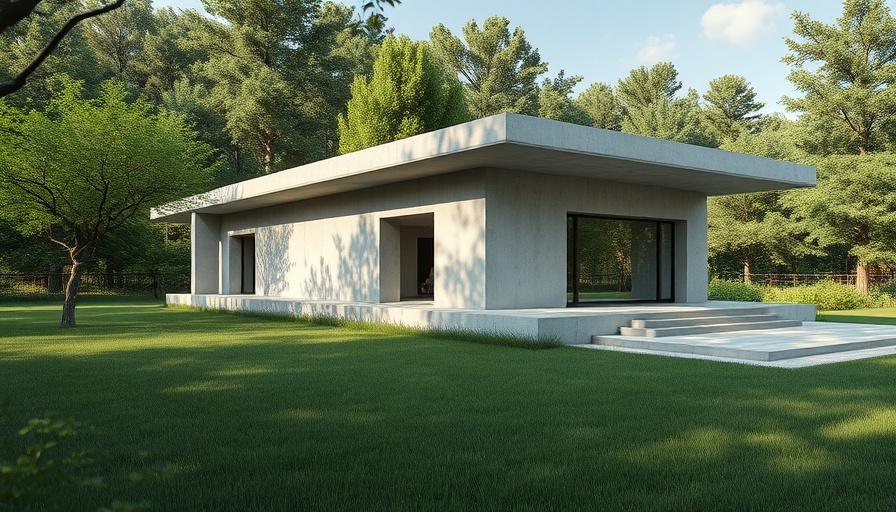
The Architectural Genius Behind Frank Lloyd Wright’s Pew House
In 1939, Frank Lloyd Wright, an icon of American architecture, designed the Pew House to reflect his signature style marked by harmony with nature and innovative design. Set in the picturesque landscape, this residence exemplifies the principles of organic architecture, where the house not only complements but also enhances its surroundings.
Key Features of the Pew House
The Pew House showcases several unique characteristics that have attracted architecture enthusiasts and homeowners alike. Its cantilevered roofs extending over strong stone walls provide protection from the elements while also creating striking visuals. Large windows invite natural light and integrate interior and exterior spaces, replacing the traditional boundaries between the two.
Timeless Design Principles That Homeowners Can Incorporate
What makes the Pew House relevant even decades after its construction are the timeless design principles it embodies. Homeowners looking to enhance their modern residences can draw inspiration from Wright’s approach: consider using natural materials, maximize natural light with oversized windows, and create multi-functional spaces. Such elements can transform ordinary homes into dynamic living environments.
The Importance of Location: A Lesson from the Pew House
The strategic positioning of the Pew House plays a critical role in its appeal. Wright chose a site that offered spectacular views and embraced the surrounding landscape. Similarly, homeowners should consider their location and how their home interacts with its environment. Placing an addition or upgrade to take advantage of natural vistas can not only enhance aesthetics but also improve property value.
Future Trends in Home Exterior Design
As we look to the future of home upgrades, concepts inspired by Frank Lloyd Wright’s vision may guide sustainable trends in construction and renovation. The push for eco-friendly design is prompting homeowners to think beyond aesthetics. Integration of energy-efficient materials, green roofs, and passive solar design principles will become more common as consumers seek to minimize their environmental footprint while still enjoying beautiful living spaces.
Engaging with Wright’s Legacy: Learning from the Past
Engaging with Frank Lloyd Wright's work encourages a deeper appreciation for architectural history and its influence on contemporary homes. Homeowners can visit significant Wright landmarks or participate in local workshops focusing on sustainable and innovative design inspired by this legend. Understanding these principles not only enriches one’s home but also contributes to the wider dialogue on responsible and meaningful architecture.
 Add Row
Add Row  Add
Add 


Write A Comment